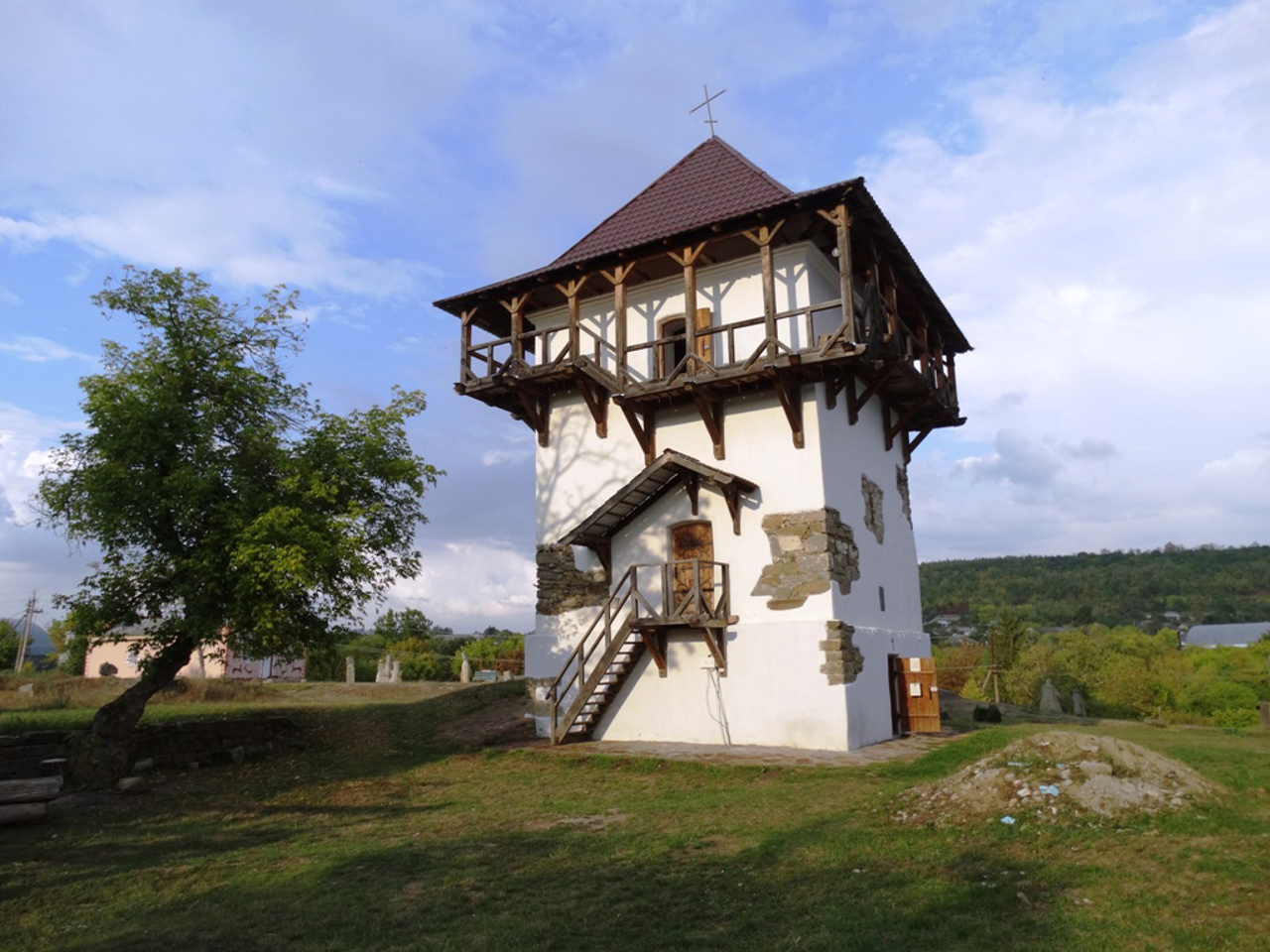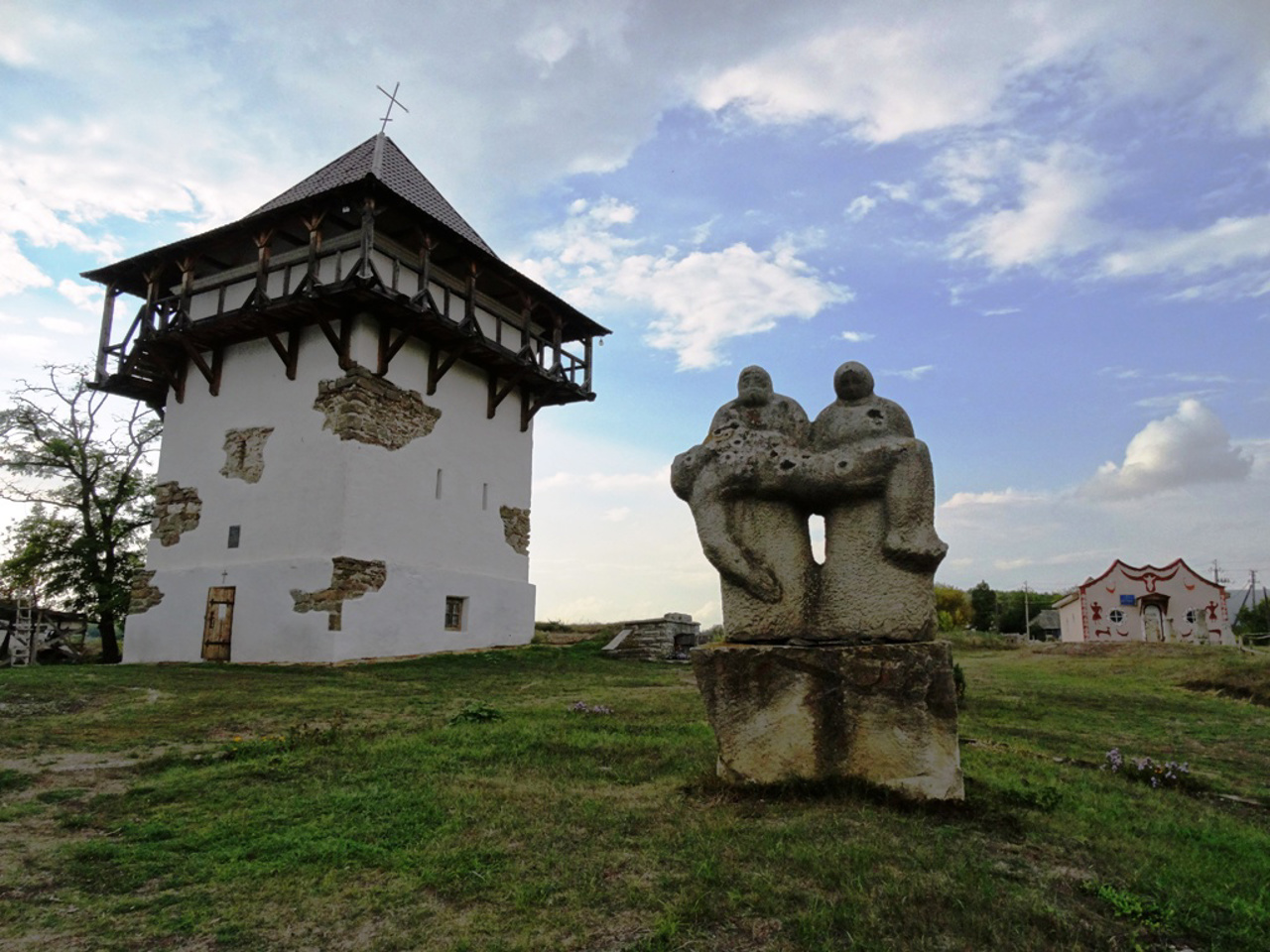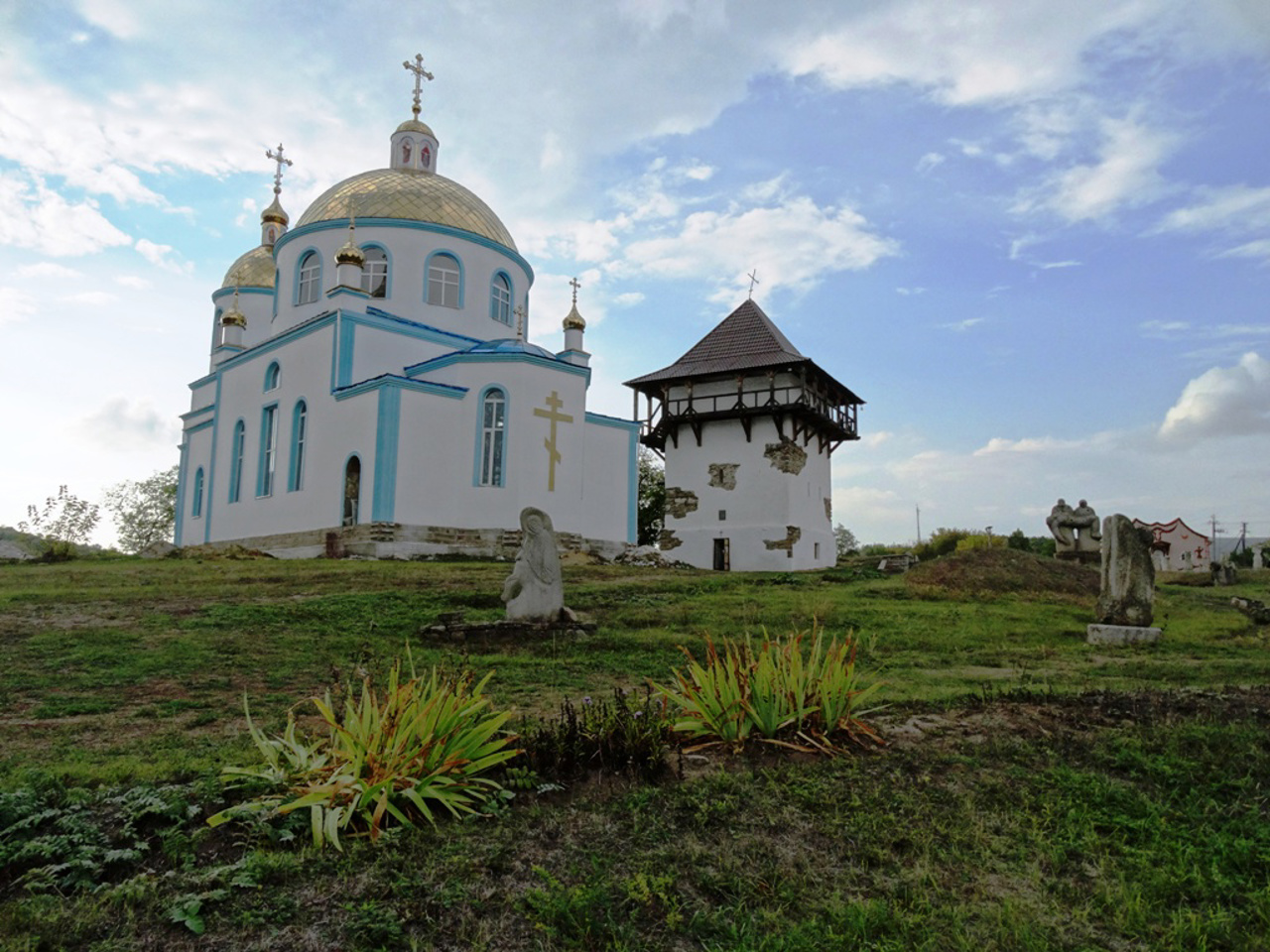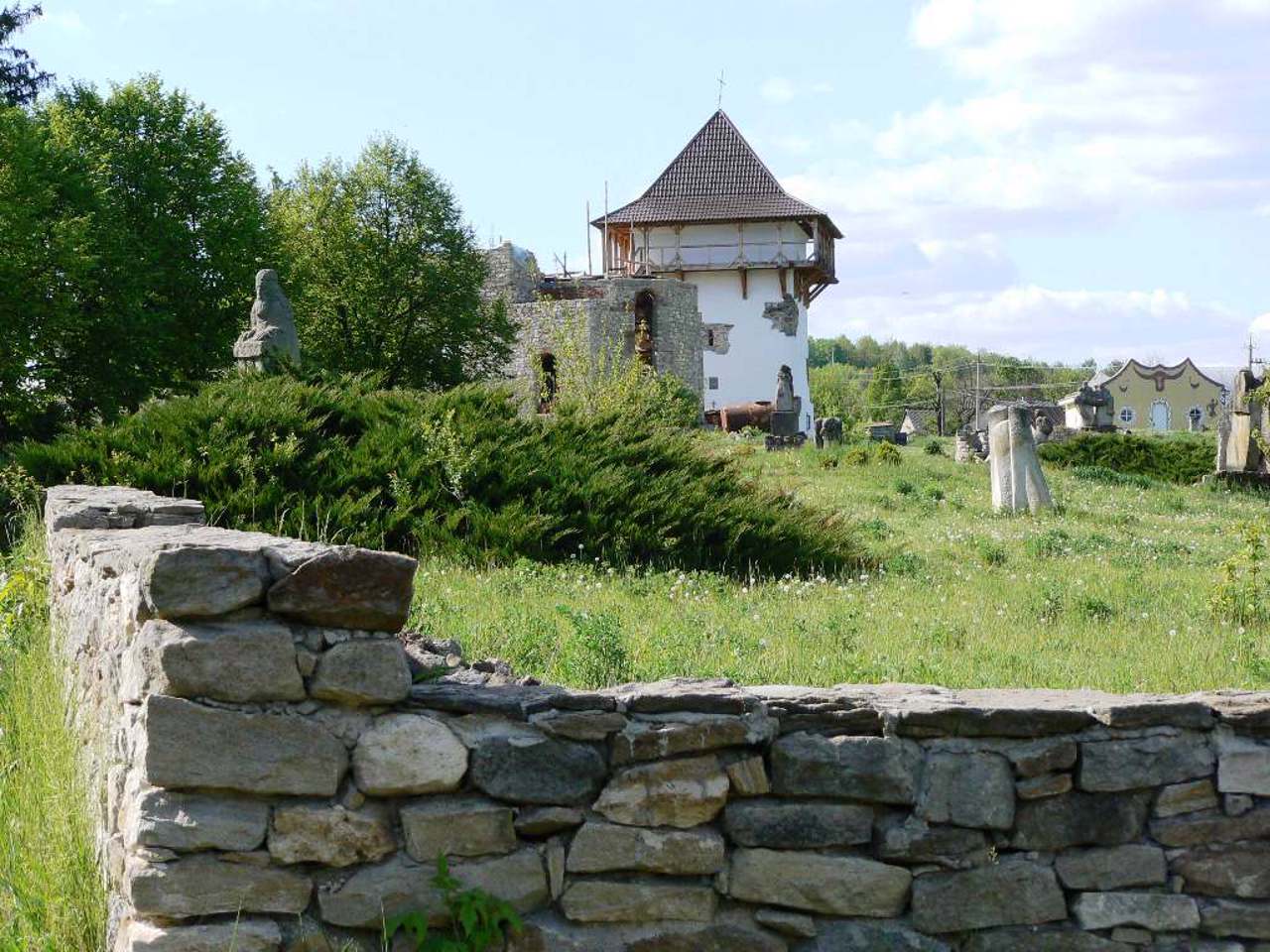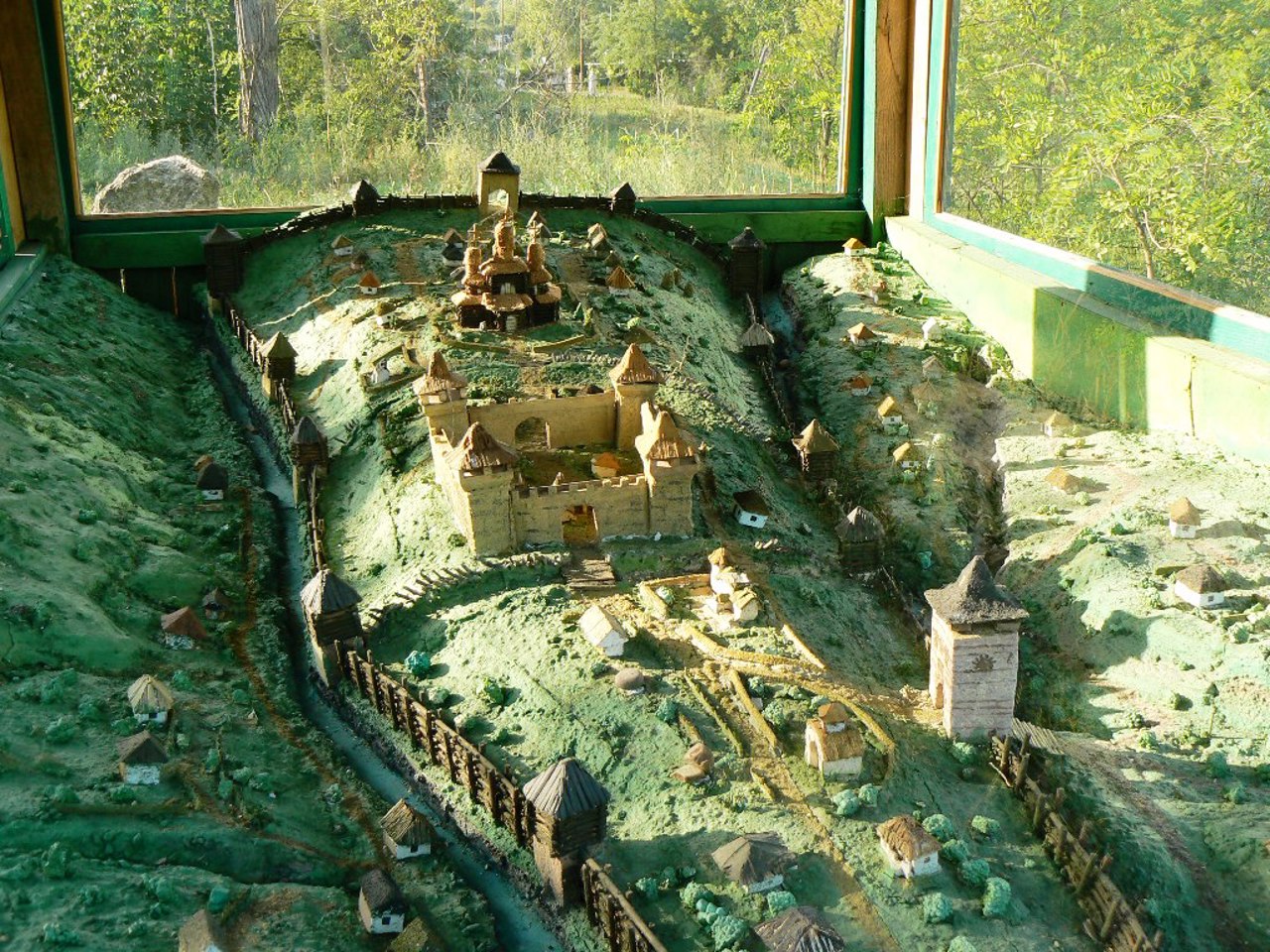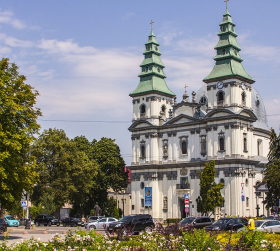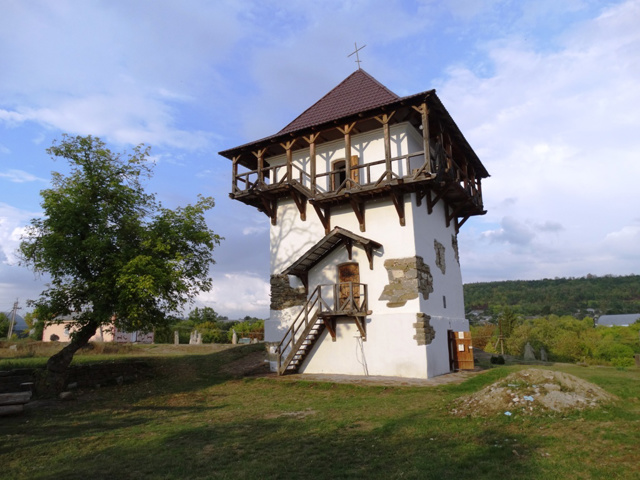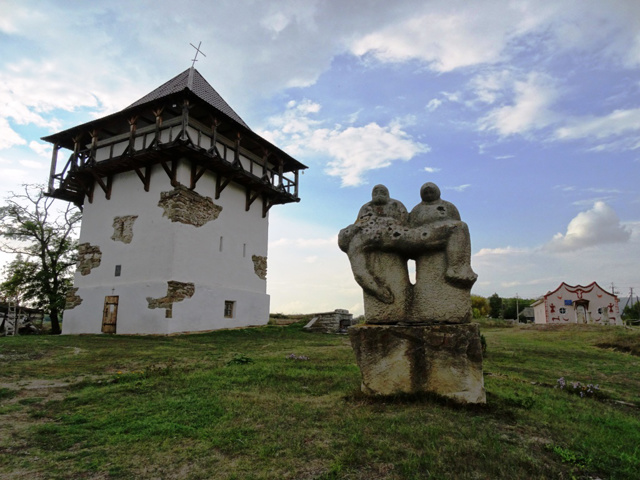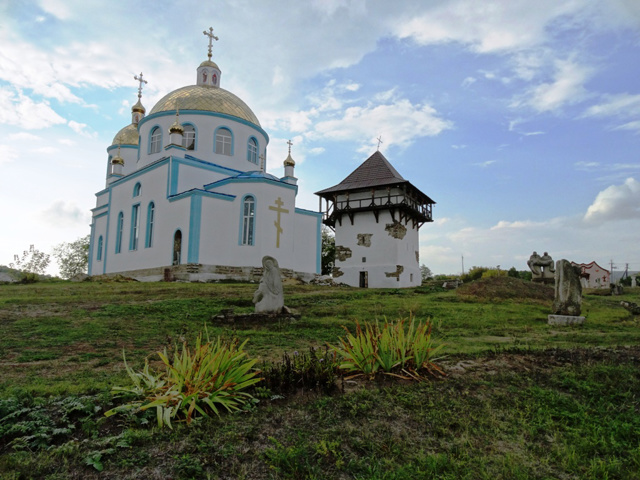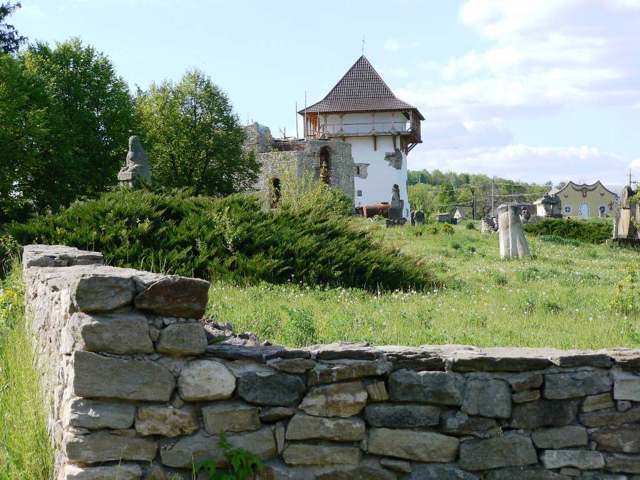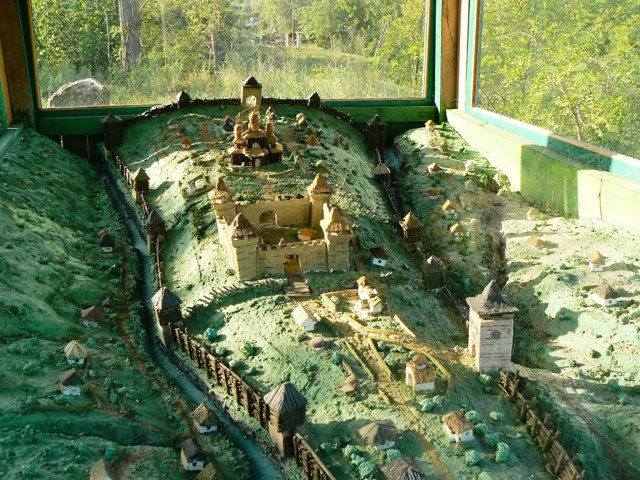Functional temporarily unavailable
Busha Castle, Busha
Castle / fortress
Architecture
Museum / gallery
General information about Busha Castle (Busha)
The border Busha Castle on the south-eastern border of the Polish-Lithuanian Commonwealth was built in the second half of the 16th century by crown hetman Jan Zamoyski. But it went down in history as a heroic Cossack fortress.
The castle was located on a promontory formed by the rivers Murafa and Bushanka. 4 corner castle towers were connected by underground passages. Each of the towers had its own powder cellar. Two more stone towers were part of the system of external wooden fortifications.
The castle was often attacked by Tatars. In 1617, Hetman Stanislav Zholkevskyi signed a peace treaty with the Turkish general Iskander Pasha, suspending the Polish-Turkish war for several years. In 1648 Bohdan Khmelnytsky subordinated the city to the Bratslav Regiment, the fortress ...
The border Busha Castle on the south-eastern border of the Polish-Lithuanian Commonwealth was built in the second half of the 16th century by crown hetman Jan Zamoyski. But it went down in history as a heroic Cossack fortress.
The castle was located on a promontory formed by the rivers Murafa and Bushanka. 4 corner castle towers were connected by underground passages. Each of the towers had its own powder cellar. Two more stone towers were part of the system of external wooden fortifications.
The castle was often attacked by Tatars. In 1617, Hetman Stanislav Zholkevskyi signed a peace treaty with the Turkish general Iskander Pasha, suspending the Polish-Turkish war for several years. In 1648 Bohdan Khmelnytsky subordinated the city to the Bratslav Regiment, the fortress was occupied by Cossack troops.
In 1654 the castle was besieged by Polish troops. According to legend, the last stage of the defense was led by the widow of Captain Dependent Maryana. When enemies stormed the city, she set fire to gunpowder cellars, destroying the fortress with an explosion along with enemies who captured it.
Only one of the fortress towers has survived, which was rebuilt in 1756 on the bell tower of the nearby Saint Michael's Church (destroyed in Soviet times). The tower has been restored, for the period of reconstruction of the church it is used as a temple.
In 2000, the Busha State Historical and Cultural Reserve was established, and archaeological research is being conducted. The Busha Defense Museum is located on the upper tier of the tower, a pavilion of Trypillya culture was opened on the territory of the castle, and an exhibition of modern sculpture was organized.
On the site of the upper settlement there is a Cossack cemetery of the XVIII-XIX centuries with massive stone crosses of various shapes.
Прикордонний Бушанський замок на південно-східному рубежі Речі Посполитої спорудив у другій половині XVI сторіччя коронний гетьман Ян Замойський. Але в історію він увійшов як героїчна козацька фортеця.
Замок розташовувався на мисі, утвореному річками Мурафа та Бушанка. 4 кутові замкові вежі з'єднувалися між собою підземними ходами. Кожна з веж мала свій окремий пороховий льох. Ще дві кам'яні вежі входили в систему зовнішніх дерев'яних оборонних укріплень.
Замок часто зазнав татарських атак. У 1617 році гетьман Станіслав Жолкевський підписав тут мирний договір із турецьким полководцем Іскандер-пашею, призупинивши на кілька років польсько-турецьку війну. В 1648 році Богдан Хмельницький підпорядкував місто Брацлавському полку, фортецю зайняли козацькі загони....
Прикордонний Бушанський замок на південно-східному рубежі Речі Посполитої спорудив у другій половині XVI сторіччя коронний гетьман Ян Замойський. Але в історію він увійшов як героїчна козацька фортеця.
Замок розташовувався на мисі, утвореному річками Мурафа та Бушанка. 4 кутові замкові вежі з'єднувалися між собою підземними ходами. Кожна з веж мала свій окремий пороховий льох. Ще дві кам'яні вежі входили в систему зовнішніх дерев'яних оборонних укріплень.
Замок часто зазнав татарських атак. У 1617 році гетьман Станіслав Жолкевський підписав тут мирний договір із турецьким полководцем Іскандер-пашею, призупинивши на кілька років польсько-турецьку війну. В 1648 році Богдан Хмельницький підпорядкував місто Брацлавському полку, фортецю зайняли козацькі загони.
В 1654 році замок обложили польські війська. За легендою останнім етапом оборони керувала вдова сотника Зависного Мар'яна. Коли вороги увірвалися до міста, вона підпалила порохові льохи, знищивши вибухом фортецю разом із ворогами, що захопили її.
Збереглася лише одна з фортечних веж, яку в 1756 році перебудували на дзвіницю зведеної поруч Михайлівської церкви (зруйнована за радянських часів). Башта відреставрована, на період реконструкції церкви використовується як храм.
В 2000 році створено Державний історико-культурний заповідник "Буша", проводяться археологічні дослідження. На верхньому ярусі вежі розміщено музей оборони Буші, на території замчища відкрито павільйон трипільської культури, організовано виставку сучасної скульптури.
На місці верхнього городища знаходиться козацький цвинтар ХVІІІ-ХІХ столітть із масивними кам'яними хрестами різноманітних форм.
Practical information about Busha Castle (Busha)
Last update
3/15/2025
| Categories | Castle / fortress, Architecture, Museum / gallery |
|---|---|
| Date of foundation | XVI |
| Hours of work | 08:00-17:00, Saturday, Sunday - 10:00-17:00 |
| Address |
Ivana Bohuna street, 12B
Busha |
| Coordinates |
48.33326° N, 28.11923° E
|
| Phone | +380 4336 26 190, +380 97 296 1733, |
| bushazapovidnik@gmail.com , busha.zapovidnik@gmail.com | |
| Official site |
https://busha.com.ua/ |
|
https://www.facebook.com/profi... |
|
| Additional services | |
| Cost | adults - 100 UAH, schoolchildren - 50 UAH, excursion - 400 UAH |
Аccessibility information
Have you visited Busha Castle in Busha?
Add practical or descriptive information, photos, links
What to see, where to go next?

